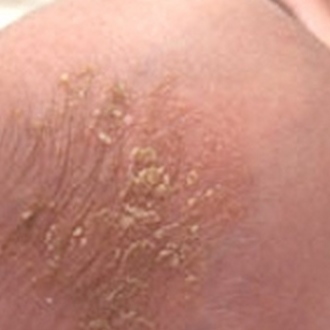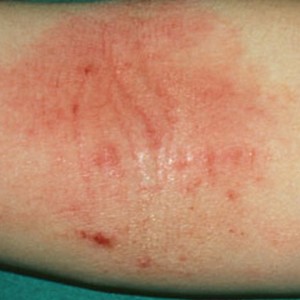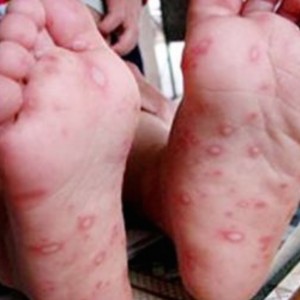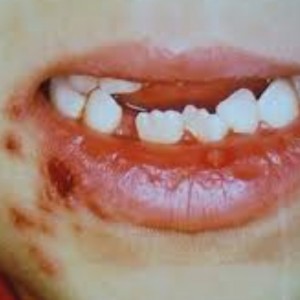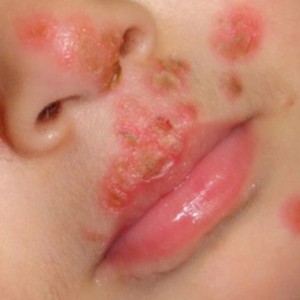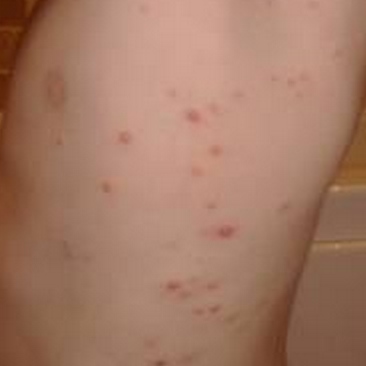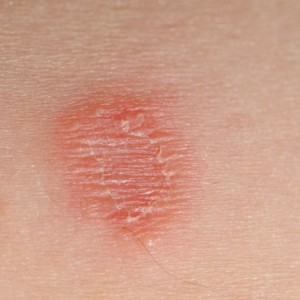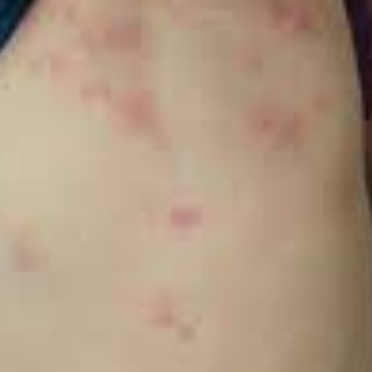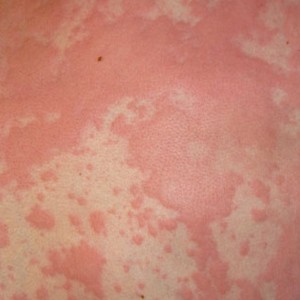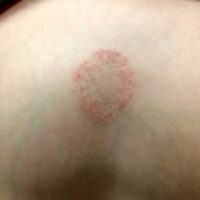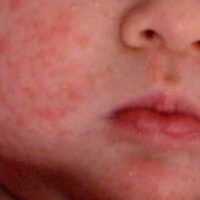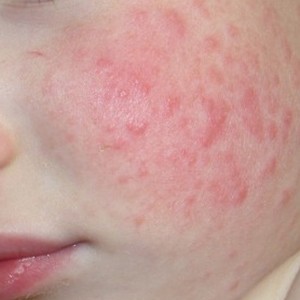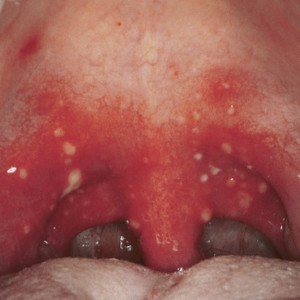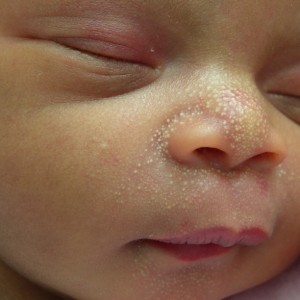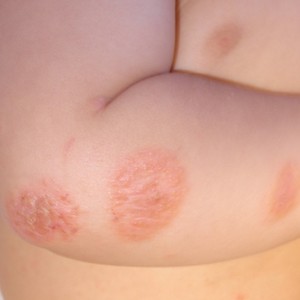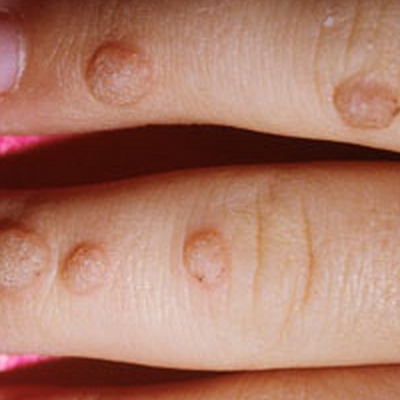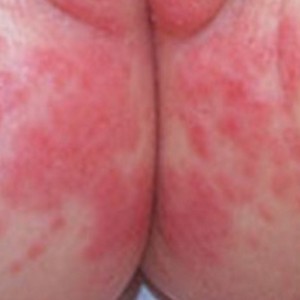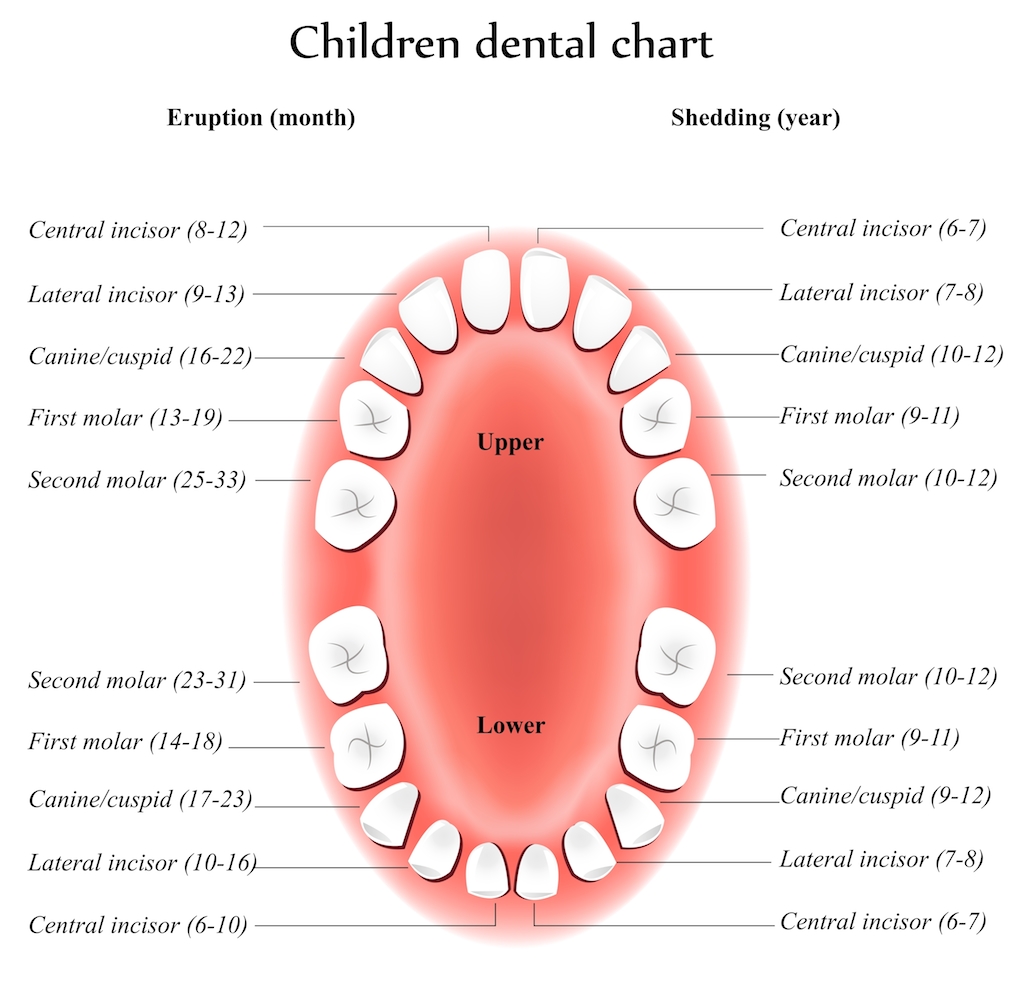About 1 in 12 children live with asthma, and it is one of the most common reasons why children are absent from school, go to emergency rooms, or are admitted to hospitals. Having a child with asthma can be overwhelming and can be an adjustment to learn how to care for your child but asthma care will quickly become a regular part of your family’s routine. Helping your child know what triggers his asthma and using preventative medication (if needed) ensures that your child will grow up healthy, energetic, and strong!
What is asthma?
Asthma is a disease of inflammation and constriction of the airways. In susceptible individuals, inflammation causes recurrent episodes of coughing (particularly at night or early morning), wheezing, breathlessness, and chest tightness. When your child has asthma, the airways become swollen (inflammation). The swelling causes the airways to make thick secretions called mucus. Asthma can also cause the muscle surrounding the airways to get very tight (constriction). Inflammation, mucus, and constriction will all cause your child’s airway to narrow and it becomes very hard to get air into and out of the lungs. Environmental factors play a critical role in asthma recognition and management.
Who gets asthma?
Asthma is the most common serious chronic illness of children. Factors that may increase a child’s risk for asthma includes other family members with allergies, asthma or eczema, infectious, exposure to different allergens, tobacco exposure, and exposure to pollution. Children with other types of allergic disease (food allergy, seasonal allergies, or eczema) have a higher likelihood of developing asthma. Children with a history of bronchiolitis are also at higher risk for developing asthma.
What are symptoms of asthma?
Some symptoms can appear quickly and others develop over time. A cough may be the first and sometimes is the only asthma symptom. Other symptoms include: wheezing (high pitched musical sound), difficulty breathing or feeling short of breath, chest tightness, reduced exercise tolerance, cough with exercise, night time awakening due to cough or wheezing, chronic cough.
What is an asthma “attack”?
In an asthma “attack,” the airways can spasm and become narrower causing more severe symptoms. Your child may breathe so fast that he or she may have trouble talking. The inner lining of the airways becomes swollen, and the outer muscular lining of the airways constrict, making breathing labored.
How do you manage asthma?
Depending on the frequency and severity of your child’s symptoms, your child’s doctor will prescribe medications to minimize symptoms and maximize your child’s ability to participate fully in life. Besides medication, avoiding those triggers that are avoidable (such as cigarette smoke) can help reduce the need for medication. Your child’s doctor might also recommend allergy testing to see if allergy plays a significant role in your child’s asthma. While there is no one perfect medicine that controls all asthma, most children’s asthma can be well controlled to minimize symptoms and maximize your child’s ability to take part in things he enjoys. We also want to make sure your child’s symptoms are well controlled at school and that he has any needed rescue medications at school. If you have questions about your child’s asthma, please call your child’s doctor or set up an appointment so that he or she can examine your child and answer your questions fully for you.
Are flu vaccines recommended in children with asthma?
All children should get their flu vaccine every year. However it is especially important for children with asthma to get their flu vaccine every fall to reduce their risk of getting the flu. Children with asthma who get the flu may develop inflammation in their airways that can lead to asthma attacks, pneumonia and other respiratory diseases that can result in hospitalization.
Click on the following links to learn more about asthma, its management, and prevention:
- Diagnosing Asthma
- Asthma Triggers
- Treatment of Asthma
- Reducing Asthma Exposures in the Home
- Asthma and School
- General Instructions for How to Use Inhalers
- Spirometry: What to Expect
Click on the following links for helpful videos from the American Lung Association
- Belly Breathing – Learn how to use belly breathing to help with shortness of breath from COPD, asthma or other lung diseases.
- How to Clean a Nebulizer – Learn how to properly clean a nebulizer with the American Lung Association.
- How to Use a Diskus Asthma Inhaler – Watch this American Lung Association video to learn the correct way to use your Diskus® asthma inhaler.
- How to Use a Flexhaler Asthma Inhaler – Watch this American Lung Association video to learn the correct way to use your Flexhaler® asthma inhaler.
- How to Use a Metered-Dose Inhaler with a Spacer or Valved Holding Chamber – Watch this American Lung Association video to learn the correct way to use your metered dose (MDI) asthma inhaler.
- How to Use a Nebulizer – Learn how to properly use a nebulizer to take your COPD or asthma medication.
- How to Use a Peak Flow Meter – A peak flow meter is a hand-held device used to measure your ability to push air out of your lungs. A peak flow meter may help identify causes of your asthma at work, home or play.
- How to Use a Twisthaler Asthma Inhaler – Watch this American Lung Association video to learn the correct way to use your Twisthaler® asthma inhaler.
- Pursed Lip Breathing – Learn how to use pursed lip breathing to help with shortness of breath from COPD, asthma or other lung diseases with the American Lung Association.
- What is Asthma – Watch this informative animation that explains what asthma is and how it affects people who suffer from it.
Additional resources for parents
- American Academy of Allergy, Asthma & Immunology
- Different Types of Asthma Inhalers
- Asthma for Parents
- Healthy Children – Allergy & Asthma
Resources for physicians








